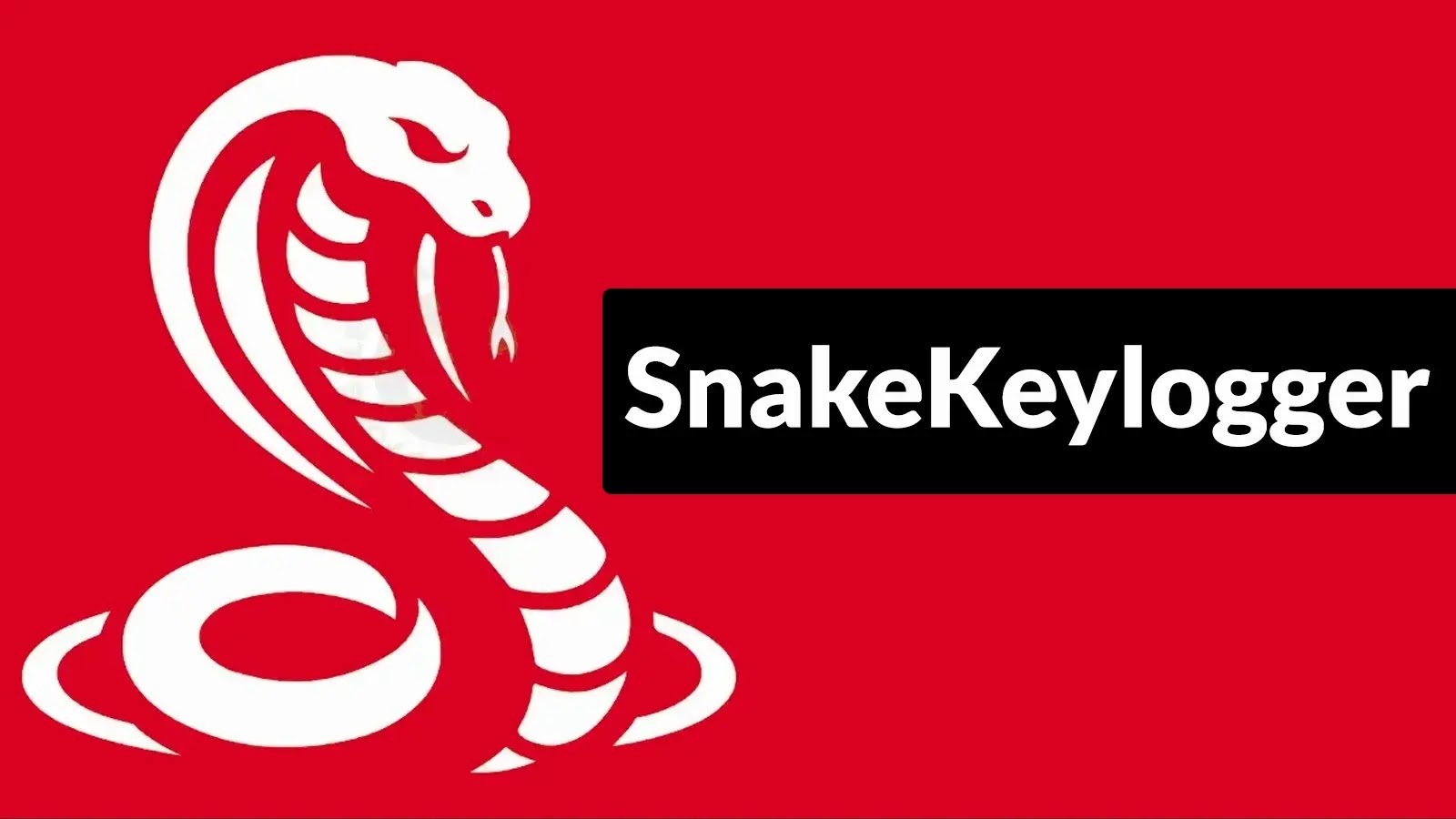
SnakeKeylogger via Weaponized E-mails Leverage PowerShell to Exfiltrate Sensitive Data
SnakeKeylogger: A Stealthy PowerShell Threat Lurking in Weaponized Emails
The digital landscape is under constant barrage from sophisticated eiled
SnakeKeylogger’s modus operandi hinges on exploiting human trust and technical vulnerabilities. Its operators meticulously craft spear-phishing emails, often masquerading as legitimate entities. These deceptive communications create a convincing facade, tricking recipients into opening seemingly innocuous attachments.
- Deceptive Aliases: Attackers often impersonate reputable financial institutions or research firms, using aliases such as “CPA-Payment Files” to lend credibility to their malicious emails.
- Weaponized Attachments: The emails typically contain ISO or ZIP archives. These file formats are often chosen because they can bypass some email security filters and appear less suspicious than executable files.
- Innocuous-Looking Scripts: Inside these archives lies a seemingly harmless Batch (BAT) script. This script, however, is the initial stage of the SnakeKeylogger infection. Upon execution, it silently initiates the malicious payload.
- PowerShell Exploitation: SnakeKeylogger heavily relies on PowerShell. This legitimate Windows utility is a favorite among attackers due to its powerful scripting capabilities and its native presence on most Windows systems, making it difficult to detect its malicious use without advanced behavioral analysis. PowerShell is used to download the keylogger, establish persistence, and ultimately exfiltrate stolen data.
- Data Exfiltration: Once active, SnakeKeylogger captures keystrokes, clipboard data, and other sensitive information, which is then secretly transmitted to the attackers’ command and control (C2) servers.
Remediation Actions and Proactive Defense Against Infostealers
Defending against threats like SnakeKeylogger requires a multi-layered approach, combining user education with robust technical controls. Proactive measures are paramount to minimize the risk of compromise.
- Enhance Email Security: Implement advanced email gateway solutions with sandboxing capabilities to detect and block malicious attachments, even those disguised as ISO or ZIP files. Educate users on the dangers of unsolicited emails, especially those containing attachments or suspicious links.
- User Awareness Training: Conduct regular security awareness training sessions for all employees. Emphasize the importance of verifying sender identities, scrutinizing email content for anomalies, and being wary of unexpected attachments, even from seemingly legitimate sources.
- Endpoint Detection and Response (EDR): Deploy EDR solutions that can monitor endpoint activities, detect anomalous PowerShell executions, and identify suspicious process behaviors indicative of keylogger activity.
- PowerShell Logging and Monitoring: Enable verbose PowerShell logging (Event ID 4104 for Script Block Logging, Event ID 4103 for Module Logging) and integrate these logs into a Security Information and Event Management (SIEM) system for real-time analysis and alerting.
- Principle of Least Privilege: Enforce the principle of least privilege across all user accounts. Restrict user permissions to only what is necessary for their job functions, limiting the potential damage if an account is compromised.
- Regular Software Updates: Keep operating systems, applications, and security software up to date with the latest patches. This helps mitigate known vulnerabilities that attackers might exploit.
- Application Whitelisting: Consider implementing application whitelisting to prevent unauthorized executables and scripts, including malicious PowerShell scripts, from running on endpoints.
- Incident Response Plan: Develop and regularly test an incident response plan to ensure a swift and effective response in the event of a successful attack.
Detection and Analysis Tools
Effective defense against SnakeKeylogger involves utilizing appropriate tools for detection, analysis, and mitigation:
| Tool Name | Purpose | Link |
|---|---|---|
| PowerShell Script Block Logging | Captures detailed PowerShell command and script block execution for analysis. | Microsoft Learn |
| Sysmon | Monitors system activity (process creation, network connections, file creation) for suspicious behavior. | Microsoft Learn |
| VirusTotal | Analyzes suspicious files and URLs against multiple antivirus engines and threat intelligence sources. | VirusTotal |
| Any.Run | Interactive sandbox for dynamic malware analysis, observing real-time execution. | Any.Run |
Conclusion
SnakeKeylogger exemplifies the persistent threat posed by infostealers that cleverly combine social engineering with versatile scripting languages like PowerShell. Organizations must implement robust defenses, prioritize user education, and maintain vigilant monitoring to counteract these evolving cyber threats. Staying informed about current attack methodologies and promptly applying comprehensive security measures are critical steps in safeguarding sensitive information from opportunistic attackers.





